Houseplants for healthy lungs
1. Air plant
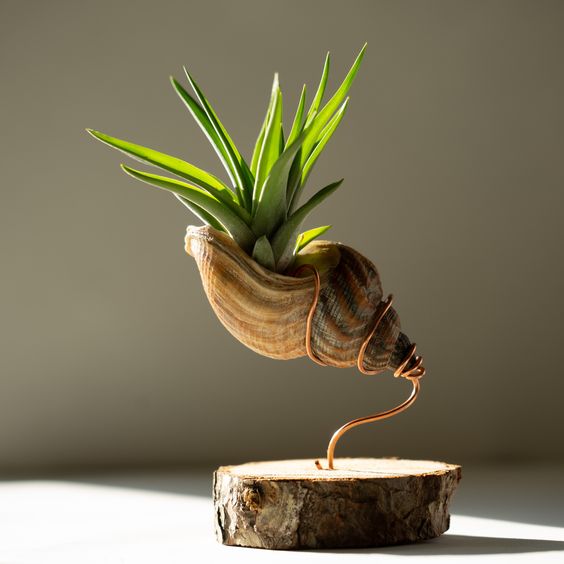
Botanical title: tillandsia
How many plants in a room: No information
In accordance with this Chinese language research, air culturesespecially Tillandsia brachycaulos, can go back pure radioactive fuel Radon. Information from the World Health Group shows that this fuel is present in higher concentrations indoors than outdoors.
Surprisingly, radon develops 15% of most lung cancers worldwide, the second most common cause after cigarette smoking in the US.
2. Snake Plant
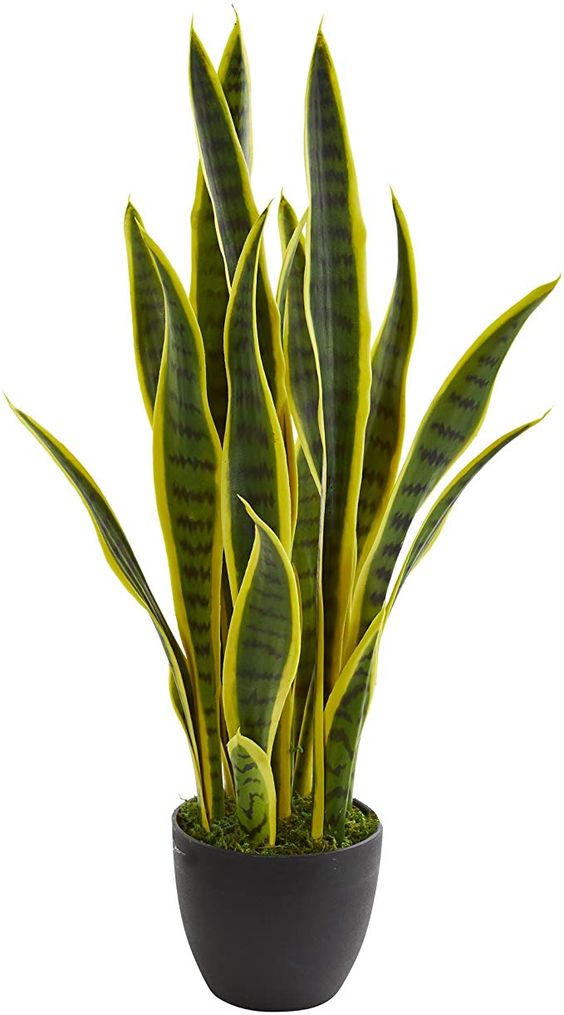
How many plants in a room: 2 or 3 crops per 100 square feet
This research has confirmed that snake plants are one of the oxygen-producing houseplants. A study at Naresuan College, Phitsanulok, Thailand confirms that Sansevieria can absorb CO2 at 0.49 ppm/m3 in a closed system.
Most importantly, this CAM plant can also absorb CO2 in the evening, which is good for your lung health.
3. Spider Plant
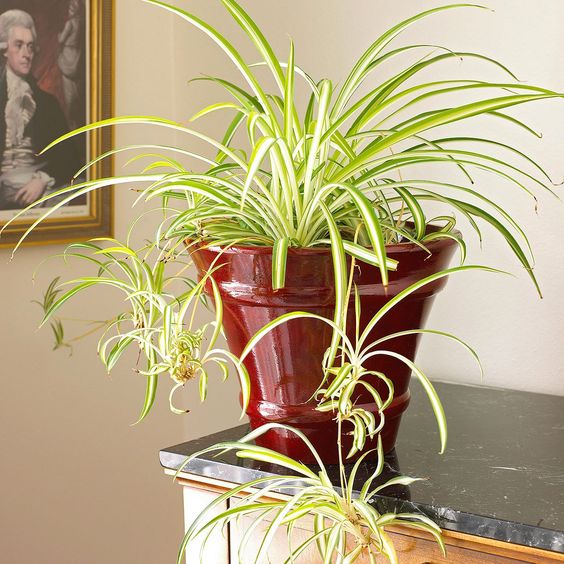
Botanical title: Chlorophytum comosum
How many plants in a room: Develop 5-6 hanging baskets in a balcony or room
Spider plants are good for refining indoor air quality because they produce more chlorophyll compared to other houseplants, which indicates more oxygen. According to the NASA Clear Air Examine, the spider plant also removes formaldehyde, xylene, toluene, and carbon monoxide, which can be the top causes of indoor air pollution.
According to Invoice Wolverton, a former NASA research scientist, spider plants can eliminate more than 95 percent of toxic agents that can trigger respiratory diseases.
4. Pothos
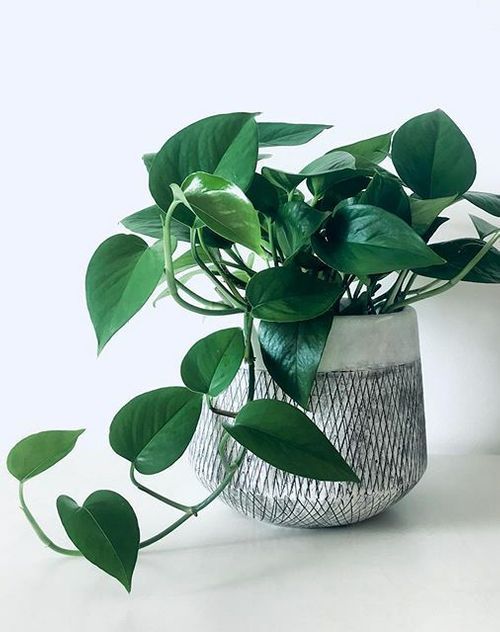
Botanical title: Epipremnum aureum
How many plants in a room: A well grown pothos vine of about 5-10 feet is sufficient per 100 square feet of a bedroom
This wonderful air-purifying houseplant has a direct beneficial effect on the respiratory system. According to this Malaysian study and this analysis performed on pothos, snake plant and spider plant: They summarize that these plants can absorb ozone, which affects lung function. If you want to learn more about the benefits of pothos, click here!
5. Areca Palm
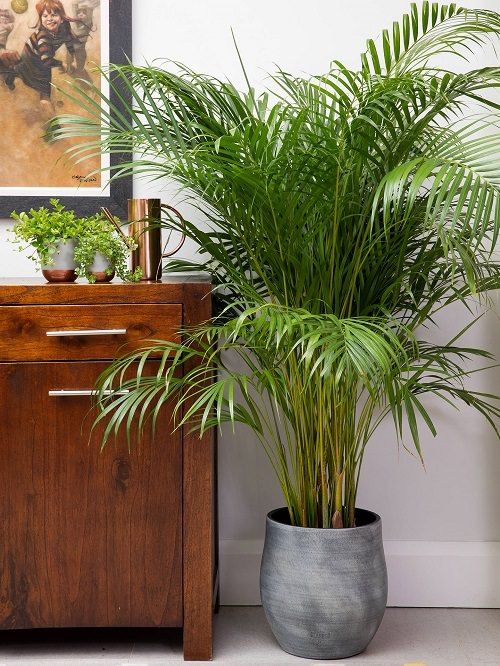
Botanical title: Dypsis lutescens
How many plants in a room: 2 areca palms in 100 sq. feet
Vegetation with additional floor space from leaves can produce additional oxygen. Two areca palms in a 100 square foot area can greatly boost indoor oxygenation.
Areca Palm has the best transpiration capacities – A healthy 5 to 6 foot plant can release up to 1 quart (946.35 ml) of water vapor into the air every 24 hours, allowing you to breathe directly and healthily.
This NASA-approved facility also eliminates xylene, toluene and formaldehyde from the air.
6. Aloe vera
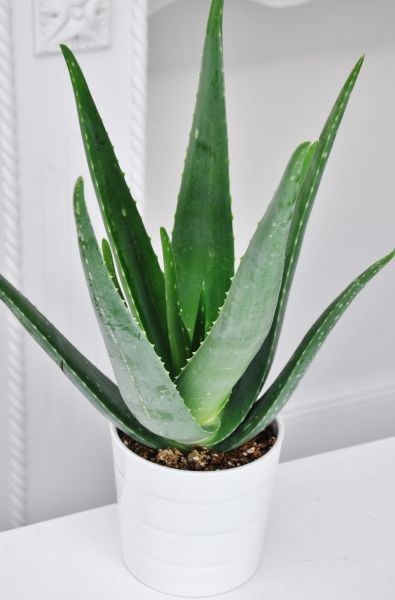
Botanical title: Aloe barbadensis miller
How many plants in a room: 3 to 6 cultures per 100 square feet
Aloe Vera has myriad benefits ranging from medicine to beauty to skin care. This easy-care houseplant strengthens the immune system and treats bronchial asthma.
It also helps improve your lung health by removing formaldehyde and benzene from the air given off by paint and chemical cleaning products.
7. English Ivy
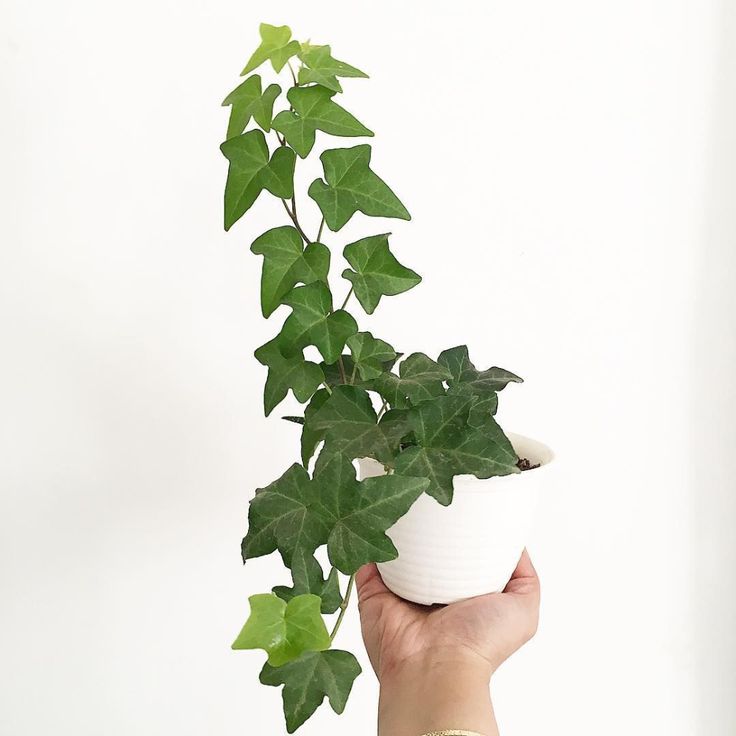
Botanical title: Hedera helix
How many plants in a room: One pot is sufficient if the vine is large enough to cover a wall.
You can reduce your risk of lung disease by growing English ivy indoors. According to the College of Sydney, Australia, Hedera helix extract is effective against cough and viral respiratory infections as it has antispasmodic and antiallergic properties.
English ivy can even quell respiratory infections, and keeping it indoors is useful for bronchial asthma, allergic reactions, and bronchitis.
According to the analysis offered by the American Faculty of Allergy, Bronchial Asthma & Immunology, English ivy is effective in eliminating airborne mold spores that can trigger extreme respiratory problems.
8. Rubber tree
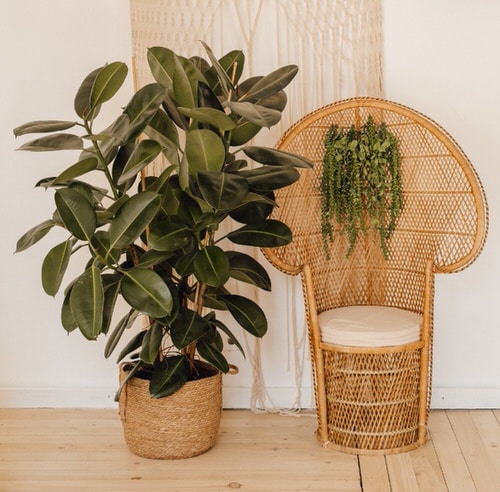
Botanical title: Ficus elastic
How many plants in a room: 2 crops in 100 square feet
Rubber plants were part of NASA’s Clear Air investigation, where they were shown to remove VOCs, formaldehyde, carbon monoxide and carbon dioxide from ambient air that are harmful to lung health.
This analysis shows that the rubber plant can also efficiently eliminate acetaldehyde, which may also be a biomarker for Acute Respiratory Misery Syndrome (ARDS), which attacks the lungs. In extreme cases, it ends up in respiratory problems and allows fluid to enter the lungs.
According to this Indian research, gum fruits are also effective in reducing lung damage, respiratory diseases and bronchial asthma.
Word: Air-purifying plants are effective in reducing respiratory diseases by 30-36 percent and reducing lung damage by 10-12 percent.
9. Peace Lily
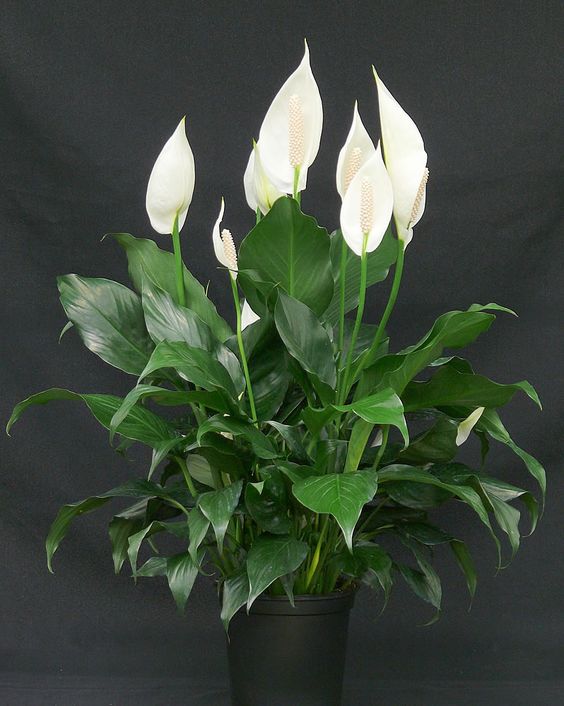
beards and daisies
Botanical title: Spathiphyllum wallisii
How many plants in a room: 2 crops in 100 square feet
Peace Lily is good for lowering the likelihood of many lung and respiratory points. In accordance with this Japanese research, the peace lily is as efficient as golden pothos at absorbing VOCs.
It additionally absorbs acetone, which can lead to low blood levels, fatigue and slurred speech.
10. Bamboo palm
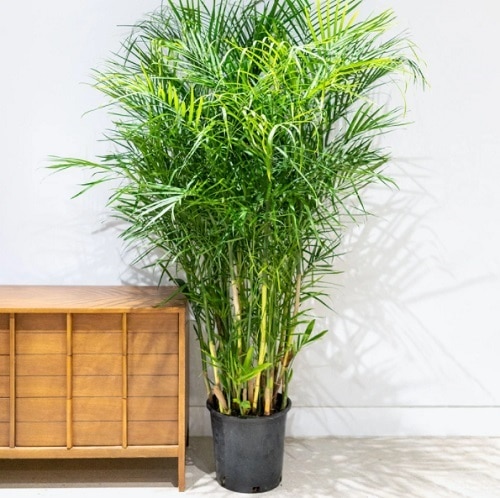
Botanical title: Chamaedorea seifrizii
How many plants in a room: 2 crops in 100 square feet
In accordance with this research at the Expertise Incubator Park of Paharpur Enterprise Heart and Software program in New Delhi, it was found that indoor plants such as Bamboo Palm, Ficus Alii and Rhapis Palm can absorb CO2, VOCs and hazardous gases from the air directly or indirectly can affect lung health.



